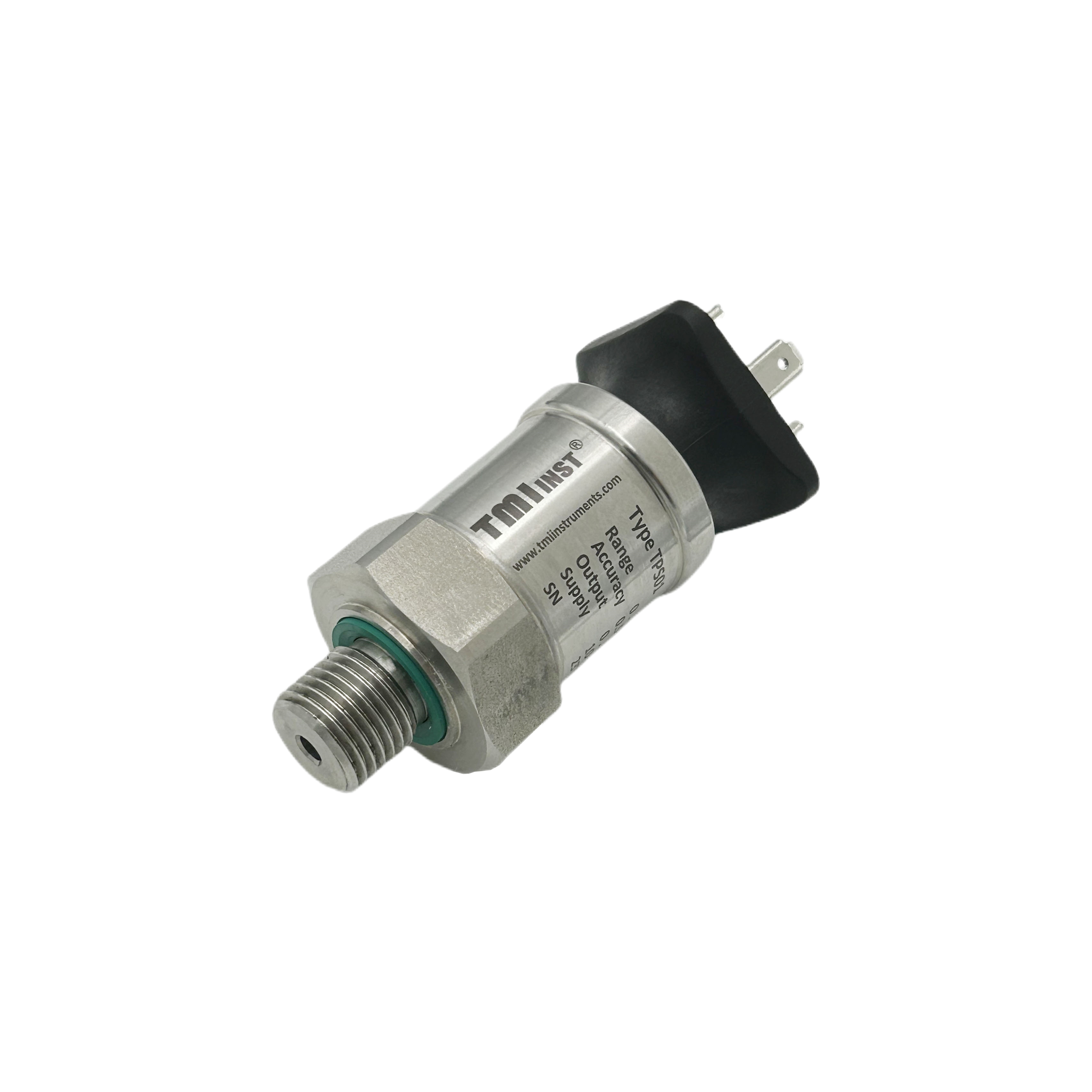Pressure transmitter in hydraulics
How Pressure Transmitters are Used in Hydraulic Systems to Monitor Pressure Levels
Pressure transmitters are used in hydraulic systems to monitor pressure levels. They measure the pressure of the hydraulic fluid and send a signal to a controller or display device. This allows operators to monitor the pressure levels in the system and make adjustments as needed. The pressure transmitter is typically installed in the hydraulic system near the pressure source. It is connected to the system with a pressure line and a return line. The pressure line is connected to the pressure source and the return line is connected to the pressure transmitter. The pressure transmitter measures the pressure of the hydraulic fluid and sends a signal to the controller or display device. The pressure transmitter can be used to monitor the pressure levels in the system and alert operators when the pressure levels are too high or too low. This allows operators to make adjustments to the system to ensure that the pressure levels remain within the desired range. The pressure transmitter can also be used to detect leaks in the system. If the pressure levels drop suddenly, it could indicate a leak in the system. This allows operators to quickly identify and repair the leak before it causes any damage to the system. Overall, pressure transmitters are an important part of hydraulic systems. They allow operators to monitor the pressure levels in the system and make adjustments as needed. They can also be used to detect leaks in the system and alert operators to any potential problems.The Benefits of Installing Pressure Transmitters in Hydraulic Systems for Improved Efficiency and Safety
Installing pressure transmitters in hydraulic systems can provide a number of benefits for improved efficiency and safety. Pressure transmitters are devices that measure the pressure of a fluid and transmit the data to a monitoring system. By installing pressure transmitters in hydraulic systems, operators can gain a better understanding of the system’s performance and make adjustments as needed.
| Measuring principle | Thin–film–on–steel |
| Measuring range | 0 ~ 5bar…2,500bar [ 100…to 36,000psi ] |
| Output signal | 4…20mA, 0.5…4.5VDC, 0…5VDC, 0…10VDC |
| Accuracy | ± 0.25% FS, ± 0.5% FS, ± 1.0% FS |
| Response time | ≤1ms |
| Durability | 10 million cycles |
